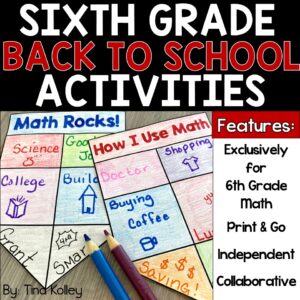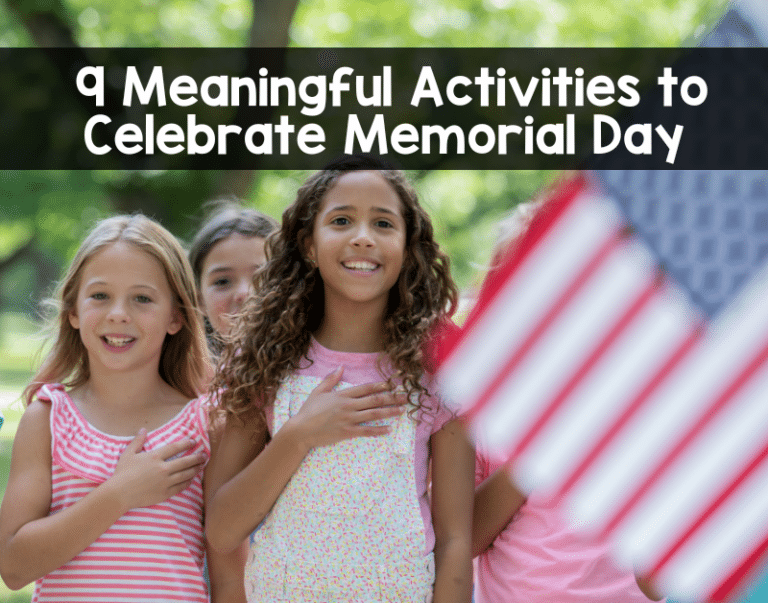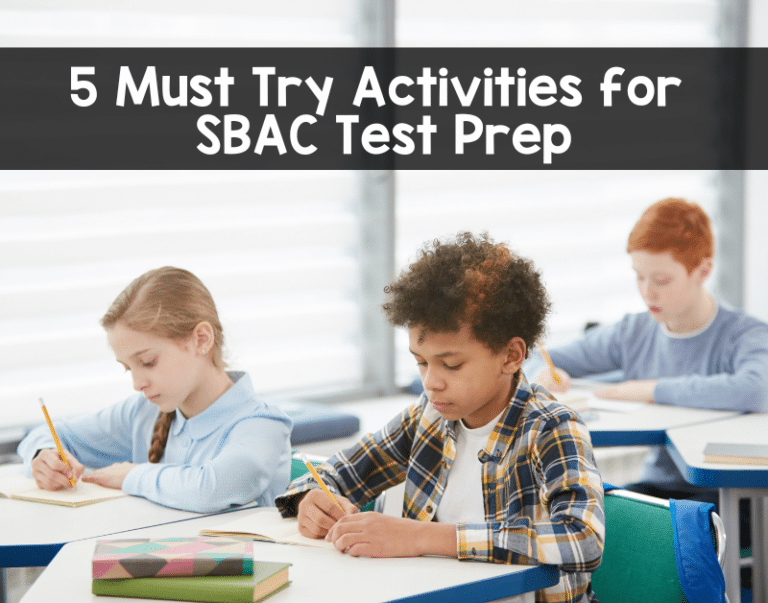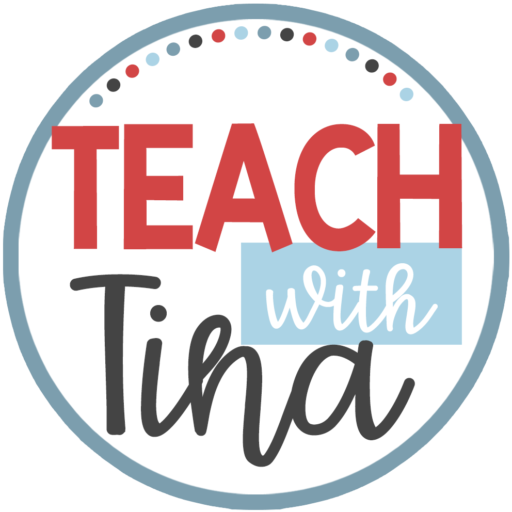As a Middle School math teacher, you know that diving into the curriculum on the first day of school is a recipe for disaster! But what do you do with a room full of nervous, chatty 6th grade math students that first week?
You get to know your students, build community, and teach procedures! Sounds easy, right?
Here’s where I can help!
Icebreaker activities are an excellent way to help students get to know each other, foster a sense of community, and generate excitement for math. In this blog post, we’ll explore a variety of fun and educational icebreaker activities that will get your students excited about math while building relationships with their peers.
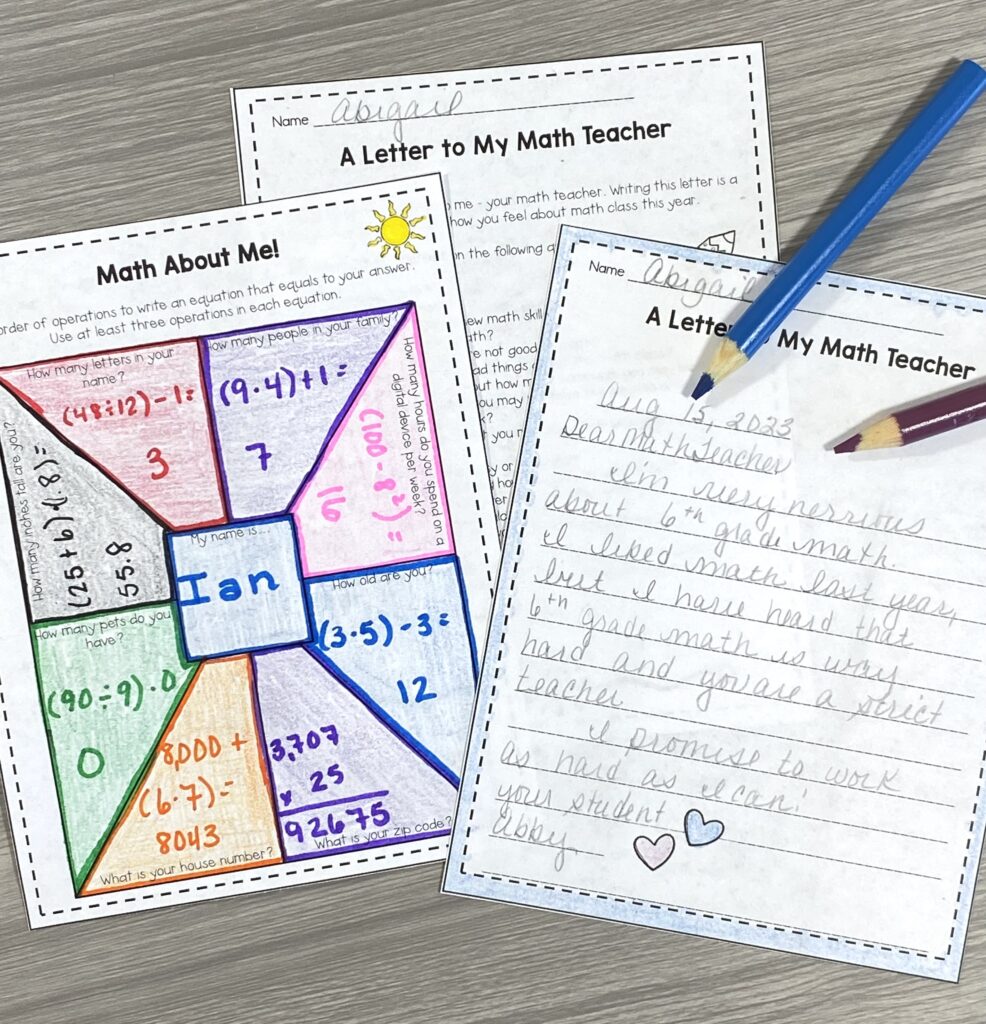
Math About Me: A “Math About Me” activity encourages students to share their personal interests, hobbies, and experiences through math-related questions. Prepare a worksheet with questions such as “How many siblings do you have?” or “What is your favorite number?” Students can answer these questions using numerical values, fractions, or decimals. This activity will allow students to discover that math really is everywhere!
Letter to My Math Teacher: A “Letter to My Math Teacher” activity provides an opportunity for students to express their feelings, expectations, and goals for the upcoming school year. Encourage them to share their math-related experiences, challenges, and aspirations. This activity will help you understand your students’ individual needs and allow you to address any stress your students may be feeling.
All About Math Banners: These All About Math Banners have students write and illustrate how they use math daily. This activity allows students to be creative and unique and discover all the ways math is important to their lives. Print these out full size and hang them around the classroom for a beautiful math bulletin board.
My Home Study Area Writing: Promote a growth mindset and emphasize the importance of a home learning environment with the “My Home Study Area Writing” activity. Ask students to write a short paragraph describing their ideal study area at home, focusing on elements such as organization, comfort, and personalization. Encourage them to consider how their study area can contribute to their success in math. Sharing these ideas will create an opportunity for students to exchange tips and learn from each other.
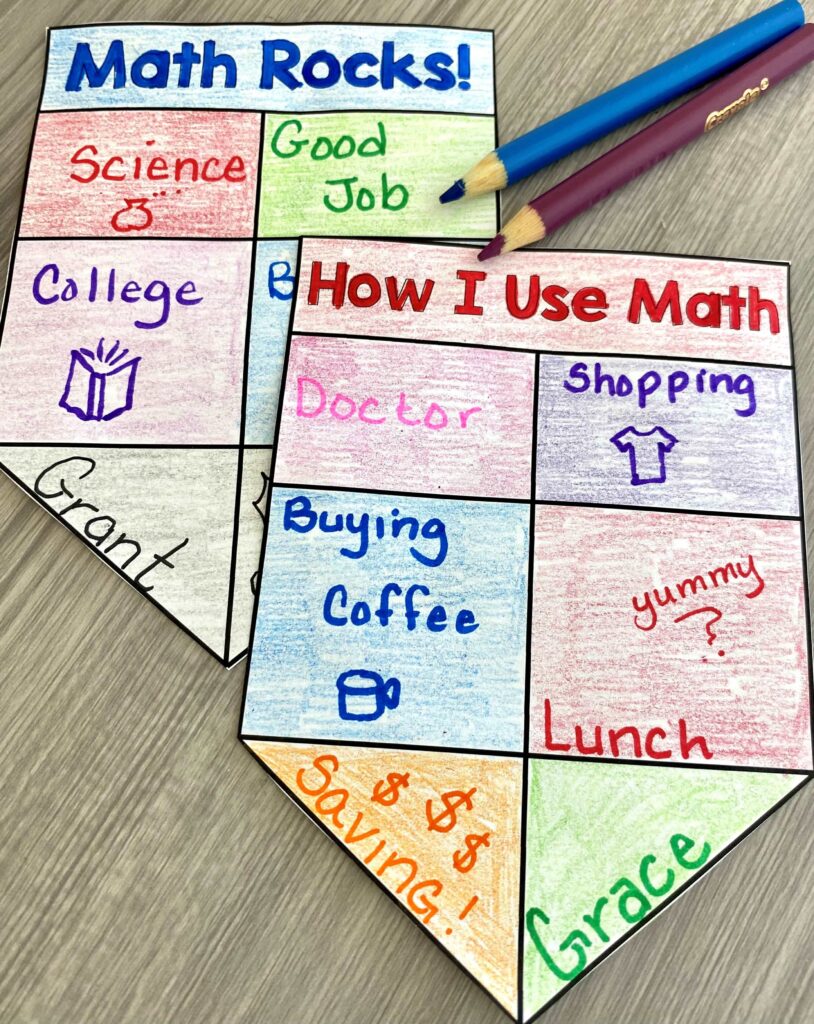
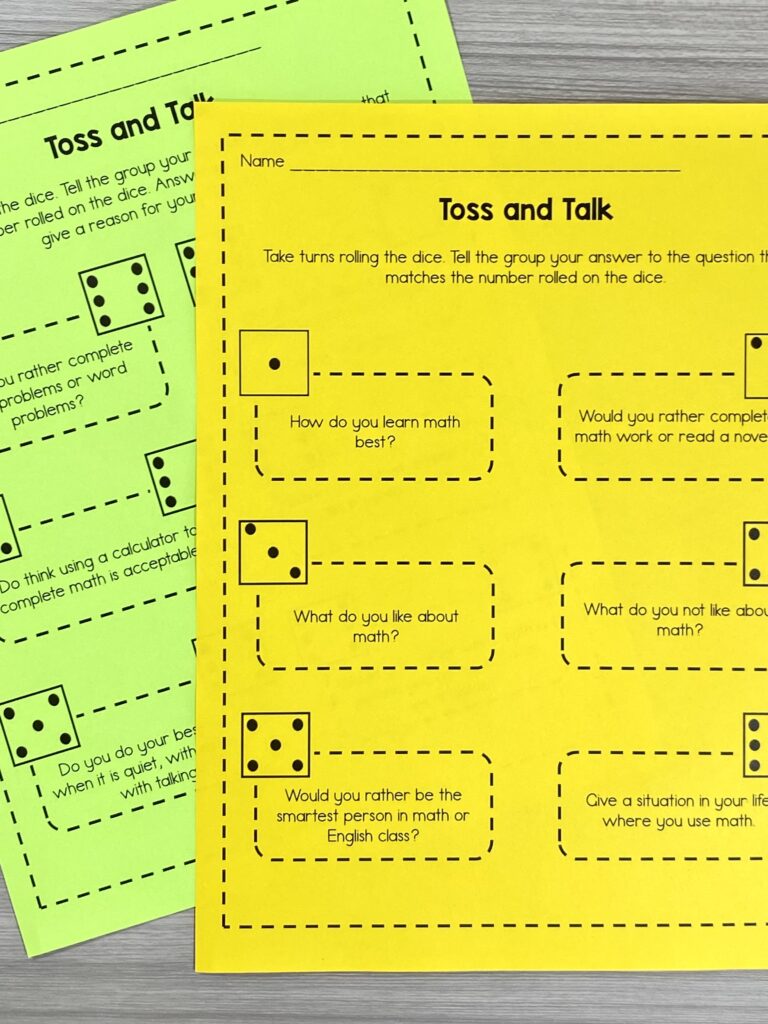
Toss and Talk About Math: Engage students in collaborative learning and active discussion with a “Toss and Talk About Math” activity. Prepare a set of math-related questions or problem-solving scenarios on cards. Divide students into groups of three to four, they then take turns rolling one or two dice. Whatever the number on the dice is, they must read the question and answer it. This activity encourages students to think on their feet, share their reasoning, and learn from their peers.
Decimal Scavenger Hunt: Transform a traditional scavenger hunt into an exciting math adventure with a “Scavenger Hunt” activity. Print out cards with different review math equations printed on them. Hang them around the classroom, hallways, or even outside. Give students an answer sheet and let them start at any card. Once they solve the equation on the given card, they “hunt” for the answer on another card. When they find that answer, they solve the equation on that card. On and on, they go until they are back to the card they began with. This is a wonderful independent or partner activity.
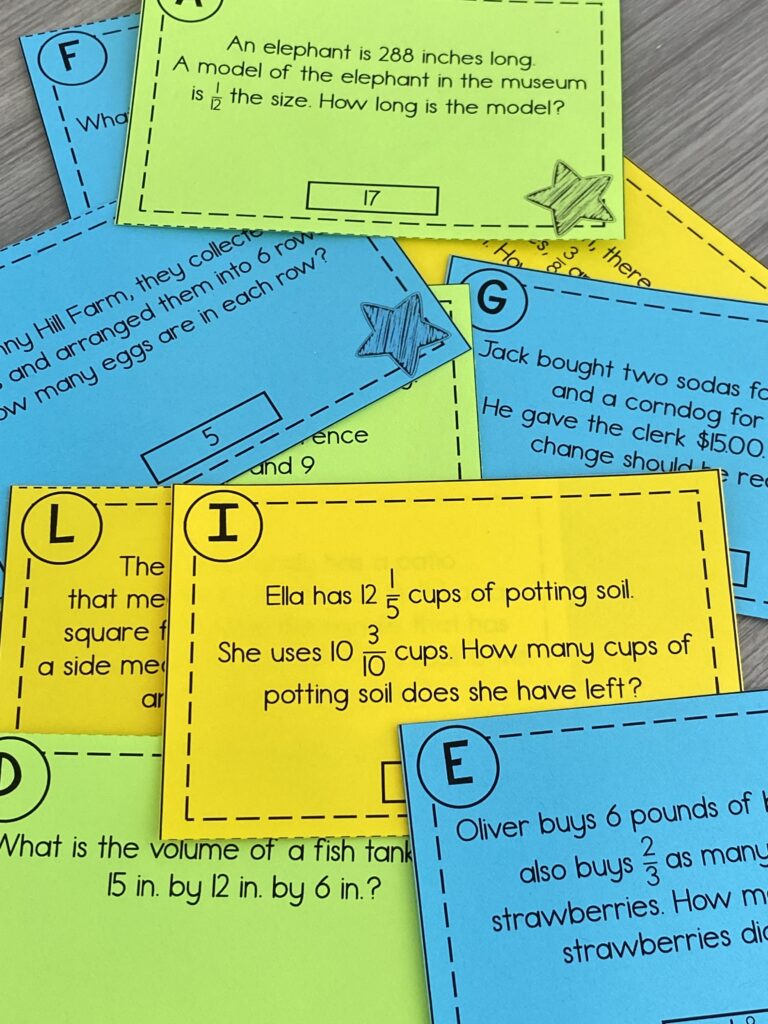
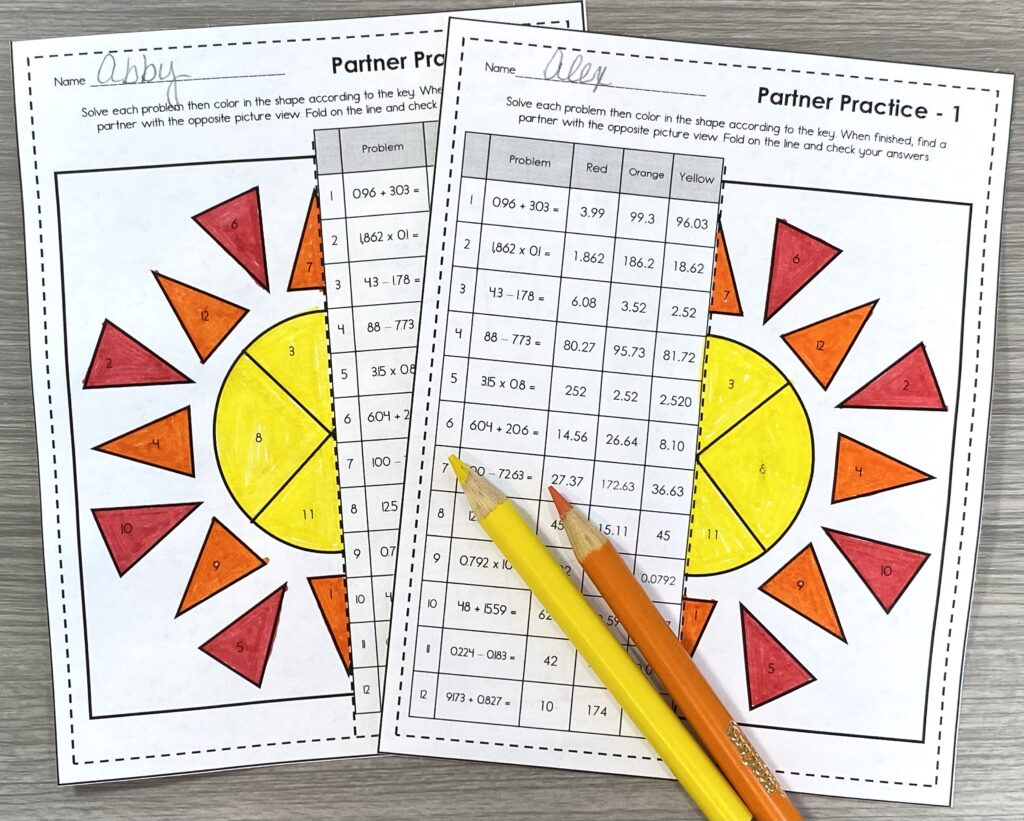
Partner Color by Code: Combine creativity and problem-solving skills with a Partner Color by Code activity. Distribute a worksheet with a color-by-code picture, where each color corresponds to a specific answer to a math problem. Students must solve the math problems independently, then check their answers with a partner. If the answers match, they can color the corresponding section of the picture. This activity allows students to practice their math skills while collaborating and developing their attention to detail.
Find Someone Who Can Solve an Equation: Encourage students to interact and get to know their classmates with the “Find Someone Who Can Solve an Equation” activity. Distribute a worksheet with review equations that need to be solved. Students must find a classmate who can solve each equation and have them sign their name in the designated space. This activity promotes collaboration and encourages students to communicate and learn from each other’s mathematical abilities.
By incorporating both independent and collaborative icebreaker activities into your classroom, you’ll set the stage for a successful and engaging school year. These activities will help your 6th grade math students develop mathematical skills while fostering community and teamwork. Creating a positive and inclusive learning environment is essential for student success. Happy teaching, and have a fantastic start to the new school year!

